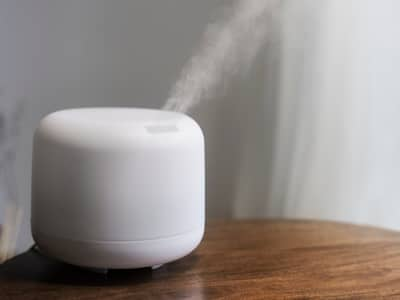Infection
Do Air Filtration Systems Truly Protect Against Viral Infections?
Make an informed decision when selecting air filtration technology, promoting a healthier and safer indoor environment.
Air filtration systems have been heralded as a potential safeguard against viral infections, especially in the context of the Covid-19 pandemic. However, recent research at the University of East Anglia challenges the efficacy of air filtration systems in reducing the risk of viral infections in indoor spaces. The study examined various technologies, including air filtration, germicidal lights, and ionizers, to assess their real-world effectiveness. Despite initial hopes, the study found little evidence to support the idea that these technologies can make indoor air safe from respiratory or gastrointestinal infections. This revelation raises questions about the cost-benefit analysis of implementing such technologies, especially considering their potential expenses.
The research team analyzed existing evidence from 32 studies conducted in real-world settings like schools and care homes. These studies focused on microbial infections or symptoms in people exposed to air treatment technologies, covering a range of strategies such as filtration, germicidal lights, ionizers, and other methods to deactivate or remove viruses from breathable air.
Current Capabilities And Limitations
The study emphasizes that air treatment technologies, including germicidal lights and high-efficiency particulate air filtration (HEPA), have shown evidence of reducing environmental and surface contamination. However, the combined evidence suggests their limitations when it comes to preventing illness. The researchers found no strong evidence supporting the idea that these technologies effectively protect people in real-world scenarios.
Also Read
More News
Unpublished Covid-Era Studies
Notably, the study highlights that none of the studies on air treatment technologies initiated during the COVID era have been published. The absence of this crucial data adds a layer of complexity to fully understanding the impact of these technologies during the pandemic.
Future Expectations
The researchers express disappointment in their findings but stress the importance of providing public health decision-makers with a comprehensive view. They anticipate that upcoming studies conducted during the COVID era will shed more light on the value, or lack thereof, of air treatment technologies in mitigating the spread of infections.
Points To Keep In Mind
- Evaluate the technology’s performance in real-world scenarios, as lab results may differ from practical effectiveness.
- Opt for systems employing multiple filtration mechanisms, such as HEPA filters and germicidal lights, for enhanced air purification.
- Weigh the costs of air treatment technologies against their benefits, considering both initial expenses and long-term maintenance.
- Assess the system’s ability to target and eliminate airborne viruses and bacteria, focusing on technologies that address respiratory and gastrointestinal infections.
- Rely on technologies backed by robust, evidence-based research, scrutinizing studies conducted in real-world settings for reliability.

